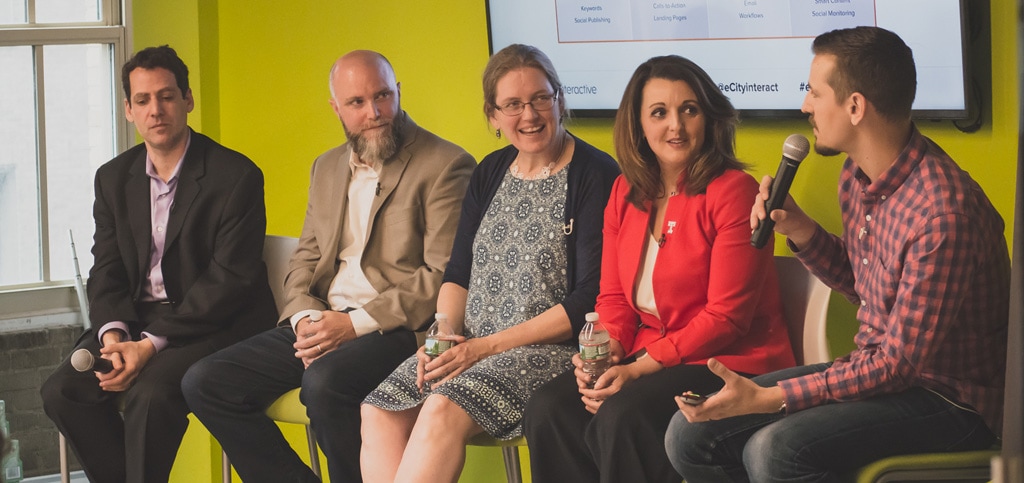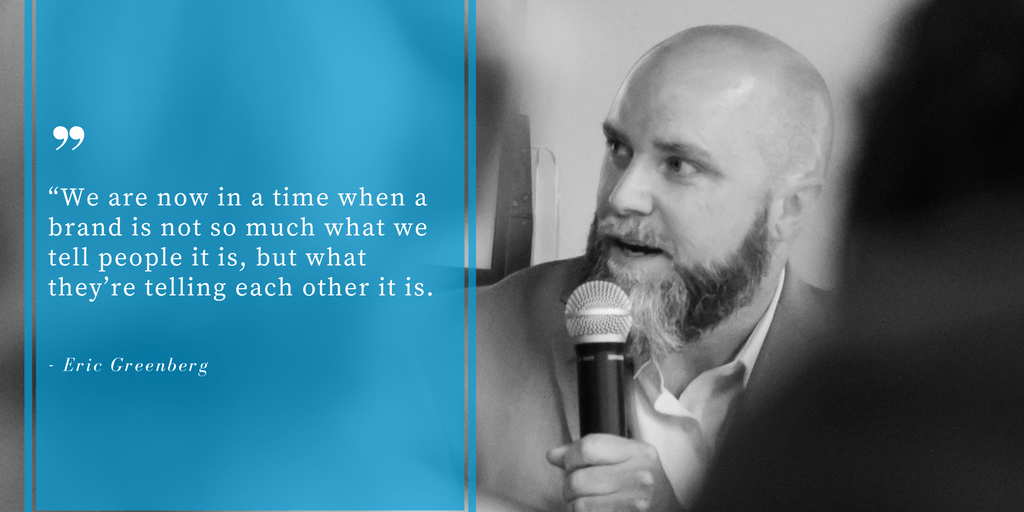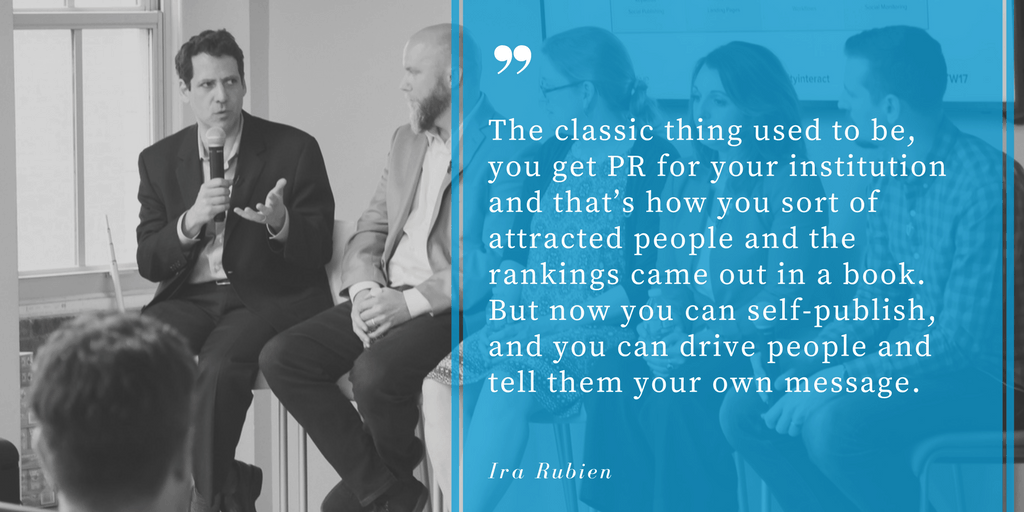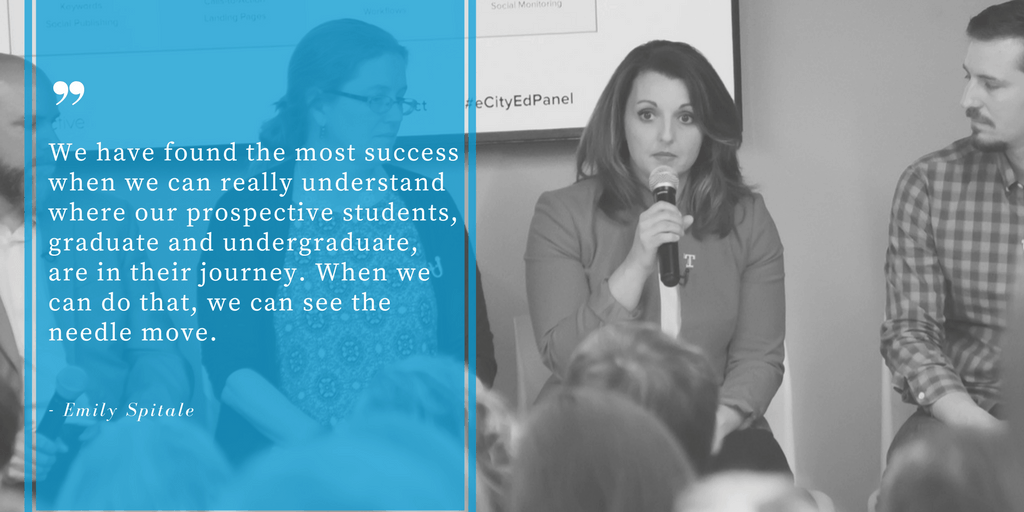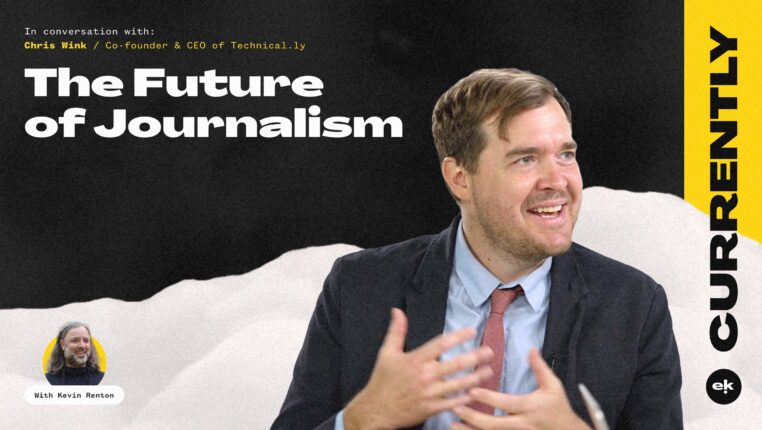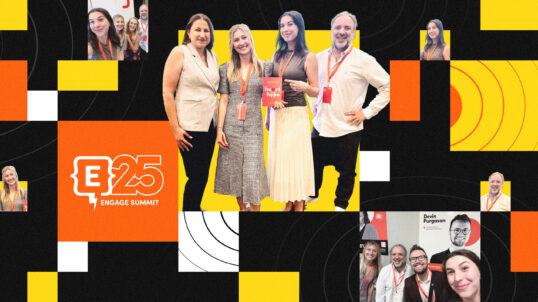Two weeks ago, we hosted a panel discussion on Digital’s New Role in Education Marketing and Outreach as part of Philly Tech Week 2017. Participating in the panel were four talented marketing professionals from Temple University, the University of Pennsylvania, Peddie School, and Lehigh University. Throughout the hour-long discussion, they shared insights, ideas, and strategies on how to reach and engage prospective students, parents, alumni, and donors through digital channels.
In case you weren’t able to make it to the event, or you attended and would like to review what was discussed, here are a few of the key points made throughout the night.
A Brand Is More Than What You Say It is
The discussion kicked off with with a question on messaging, and what the primary marketing message is for each respective school. For Peddie School, a secondary school in Hightstown, NJ, the message is that Peddie brings students “further than they believe they can go from the start,” said Patricia O’Neill, Assistant Director of Web Strategy and Communications. For Temple, the brand is all about tenacity. “It’s about being Temple-made and making your way,” said Emily Spitale, Associate Vice President for Strategic Marketing and Communications. At Lehigh, the “students are doers,” said Ira Rubien, Associate Vice President of Marketing and Communications.
However, Eric Greenberg, who works as Senior Director of Marketing Technology at the Wharton School, brought up an interesting point that, “we are now in a time when brand is not so much what we tell people it is, but what they’re telling each other it is.” As someone who is not involved as much in content strategy, Greenberg noted that he’s more interested in discovering the words, phrases, and sentiments prospective students are using to find the Wharton School online and focusing on the keywords that work, while eliminating ones that don’t.
This notion of branding as a collaborative conversation with your audience is not a new one. In a recent blog post on branding and higher education, two other higher education experts echoed similar sentiments that a great brand is one that comes directly from the students, faculty, and alumni. Thus, in order to build a successful brand, marketing and technology professionals in higher ed must work together to gain a better understanding of why students are attending your school. “For us, it’s increasingly becoming more about [student] outcomes,” said Spitale. “That’s a very, very important message for us.”
Self-Publishing Has Changed the Way Prospective Students Are Finding Schools
Education and education marketing have undergone a pretty dynamic shift in the last decade plus. Fewer students, nationally, are applying to college now, but for the students who are, they’re applying to more colleges. Consider that in 1990, 9% of college bound students applied to seven or more schools. That number has jumped up to a little over 30%, now. How has this affected the way students find and apply to schools?
“The base shift, is this whole notion of self-publishing your website,” said Rubien. Whereas schools used to attract students through positive PR and annual rankings lists, it’s now become much easier for colleges and universities to tell their own story, rather than wait for big third-party publications to do it for them.
And as we learned from a recent interview with a high school senior going through the college search process, your institution’s website is one of, if not the most powerful tools you have to tell that story. The student interviewed, Libbey, admitted to checking her top schools’ websites almost obsessively, trying to “find out what made them different.”
“Consumers are much savvier than they were 10 years ago,” said Patricia O’Neill of this shift. Thus, it’s up to schools to “be very very cognizant and intentional about the platforms [used] and how the content spreads across those platforms and what’s the best way to speak to your audience,” she said.
The challenge for schools is “how do we now engage in a much more personalized, relevant manner across our digital platforms?,” said Greenberg. That is something that higher ed is in the beginning stages of addressing, but that will only continue to become more important. “One of the biggest differences has been access to data and analytics and being able to understand, in a way, that I don’t think we did before, about behavior and preferences,” said Spitale on Temple’s approach to a more personalized online experience. This has given Temple “the ability to use that information, use that data, to really be much more nimble than we have ever been.”
Meet Students Where They’re at To Cut Through the Clutter
Piggybacking off this idea of a more personalized approach to higher ed marketing, the panelists discussed what they are doing to cut through the clutter and reach prospective students. After all, the average US consumer now consumes 60 hours of content a week. How can higher ed institutions compete for prospective students’ attention in the age of information overload?
“For us, it goes back to what we know about our audience,” said Spitale of what has worked in the past for Temple. The most successful tactics are the ones that focus on understanding where prospective students are in their journey. For Spitale, it’s less about being the first to try shiny new marketing tactics, and more about meeting students where they are. “When we can do that, we can see the needle move. We can see the response. We can see the engagement increase,” she said.
Patricia O’Neill from Peddie School added that authenticity on social media is a big part of successfully cutting through the clutter and meeting prospective students where they’re at. “For our prospective families, our parents and students, social media engagement is key,” said O’Neill. Being able to engage with current students and alumni, and see them engage online as part of the Peddie community has been extremely helpful to their decision making process.
For Eric Greenberg at Wharton, organic and paid social have both been more effective tactics in reaching prospective students than paid search and display advertisements. “That has become even more attractive because the more we know about people, the more targeted our lists can become on paid social and we can really begin to drive down the cost of conversion at that point,” said Greenberg.
Use Brand Ambassadors to Help Build Authenticity
Consumers today, especially young consumers, are intrinsically wary of branded content. However, they do trust user-generated content 50% more than tradition content. So how can schools utilize students as brand ambassadors, while also managing the desire to control the institution’s overall message and brand?
For Peddie School, the strategy moving forward is to “control that messaging a little bit, but only a little bit,” said O’Neill. “You want them to be able to be speaking in their own voices and talking from a place that’s meaningful to them.” This constant balancing act is one that many schools today are familiar with.
For Lehigh, one amazing example of cultivating a sense of authenticity through user-generated content is the President’s Instagram account. Generating all of the content himself, the President has garnered more than 3,000 followers. “That’s just been an amazing sort of win as far as an idea of how to get people to tell what’s going on at Lehigh in their own words besides contrived marketing videos of students,” said Rubien.
Not long ago, Temple ventured into the world of student-generated content by bringing on board a student vlogger. “Why that is really interesting is, it’s one of those examples of really hitting the prospective students where they are in the journey,” said Spitale. The Temple team has found that because this content is more authentic, and is coming directly from a student, people are more likely to engage with it. “His vlogs are five to six minutes long and it’s one of our most engaged videos on YouTube,” said Spitale. Just another example of how “when you’re talking to your audience where they are, where they want to be, they’re going to engage.”
Sometimes It’s Better to Ask Forgiveness Than Ask Permission
“I’ve always found it better to ask forgiveness than ask permission, and work with a small group of people to basically begin prototyping what we want to try to accomplish and try to grow from there. Rather than trying to get the buy-in from a large group of people.” –Eric Greenberg, Senior Director, Marketing Technology at the Wharton School, University of Pennsylvania
One topic that kept coming up throughout our conversation was the lack of resources in higher ed, and how it can be especially difficult to get leadership buy-in for new marketing tactics. “I’ve always found it better to ask forgiveness than ask permission,” said Erin Greenberg on prototyping new strategies at Wharton. By testing new concepts on a small scale, Greenberg is able to demonstrate ROI before bringing it to leadership.
“I think one thing that helps are either natural or unnatural competitive shocks,” added Ira Rubien from Lehigh. Whether it’s not meeting enrollment goals one semester, or losing out on certain students to another school, competition can be a great motivator to try something new.
As Emily Spitale from Temple noted, marketing’s ultimate purpose is to support bottom line goals. “This is business strategy, so the more you use that research that you have to understand your prospective students and use that same research to tell your leadership how this is impacting your success,” the more likely you are to see results. All panelists agreed that in education marketing, sometimes you have to take risks and advocate for yourself in order to move the needle and stand out from the competition.
A huge thank you to our incredible group of panelists for joining us at Philly Tech Week 2017 (and thanks to our friends at our sister company Center City Film & Video for recording it!). If you’d like to see the rest of this informative discussion on education marketing and outreach, you can view the full video recording of the panel discussion here.


